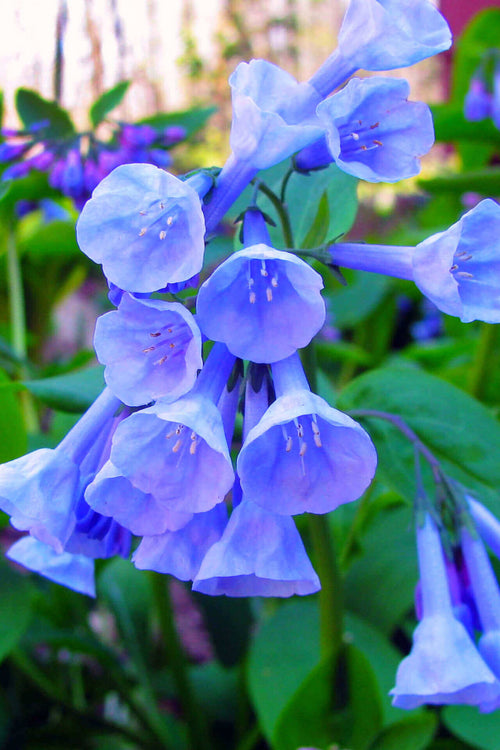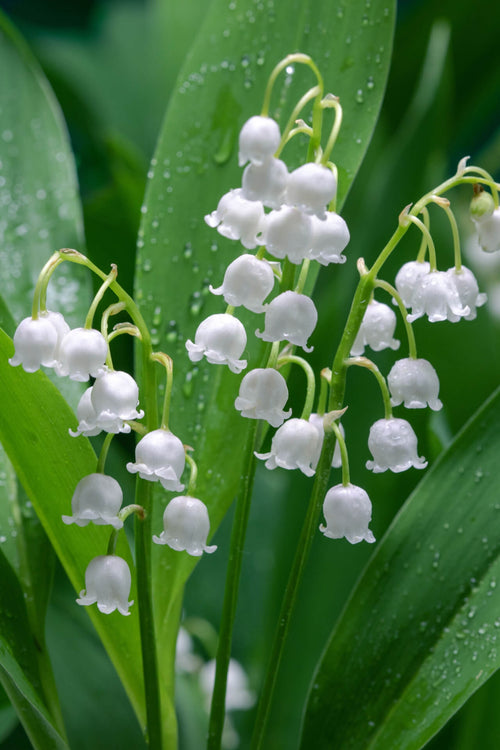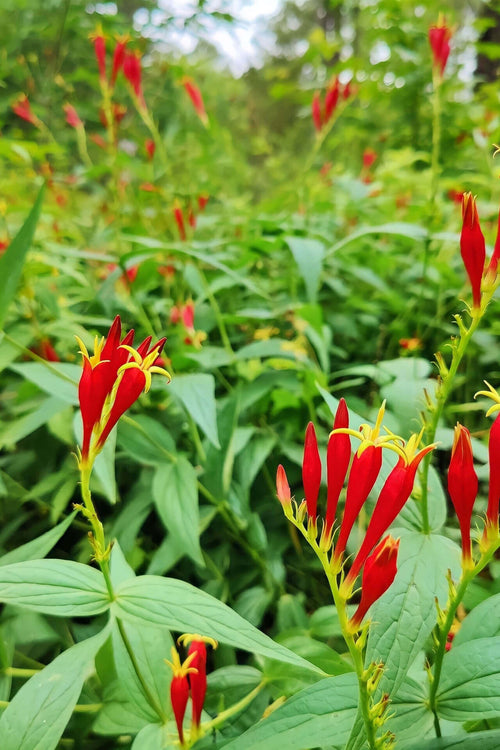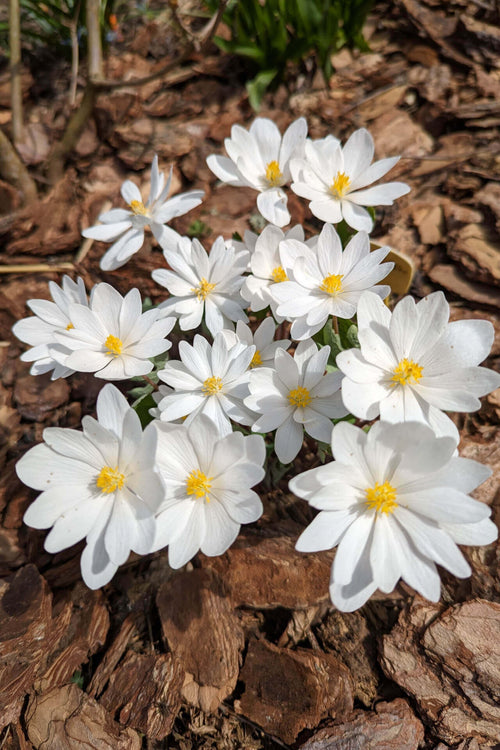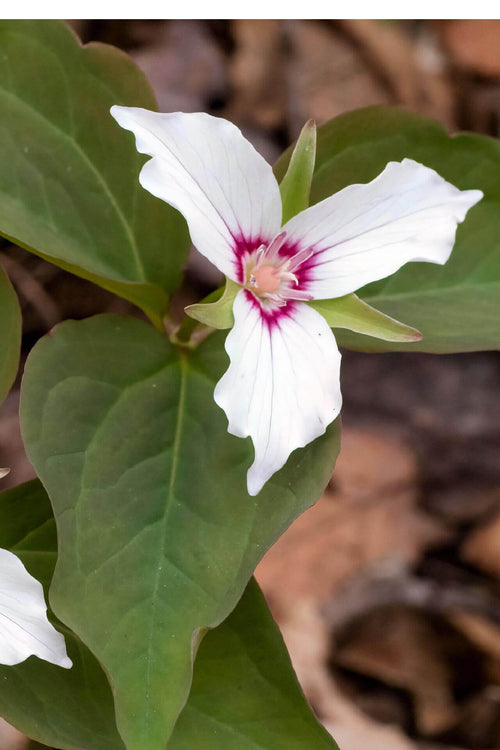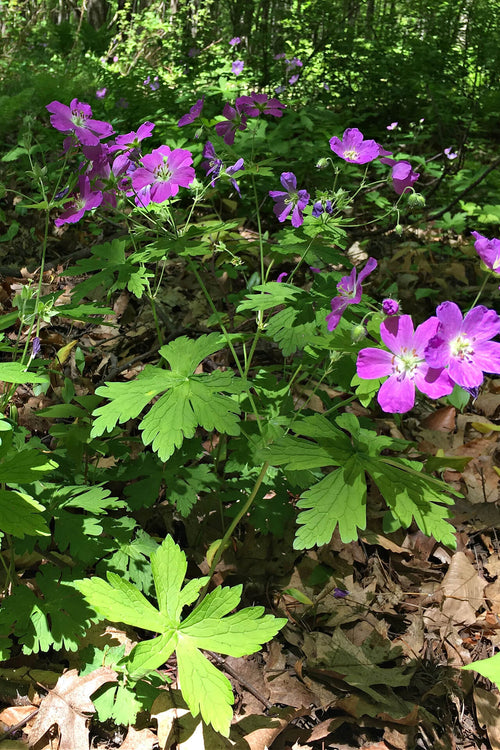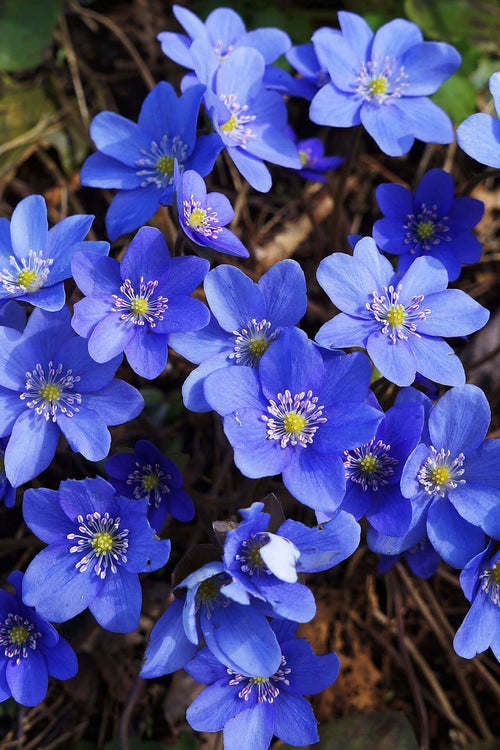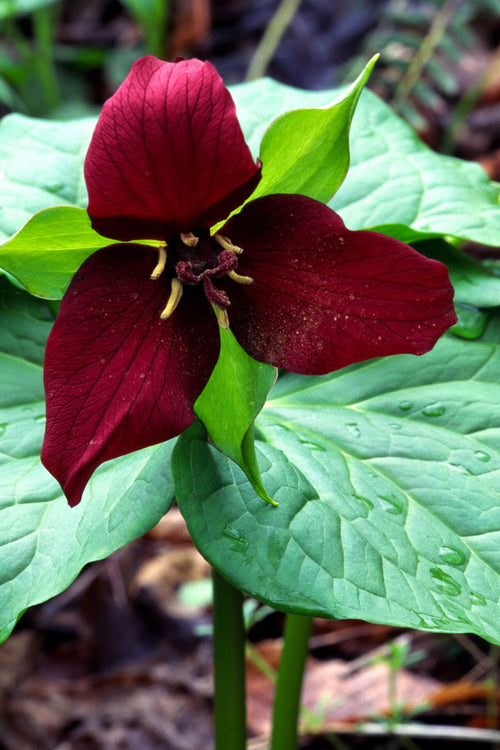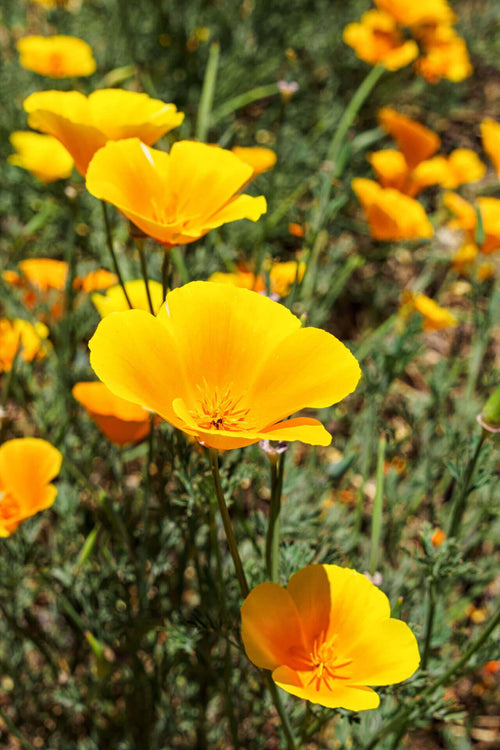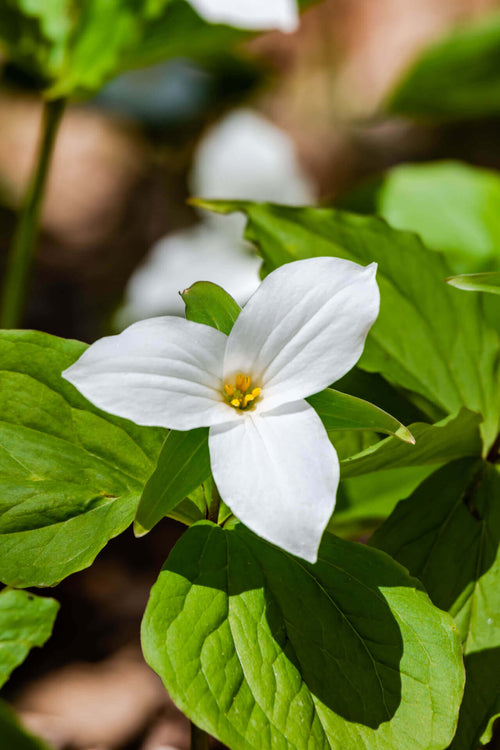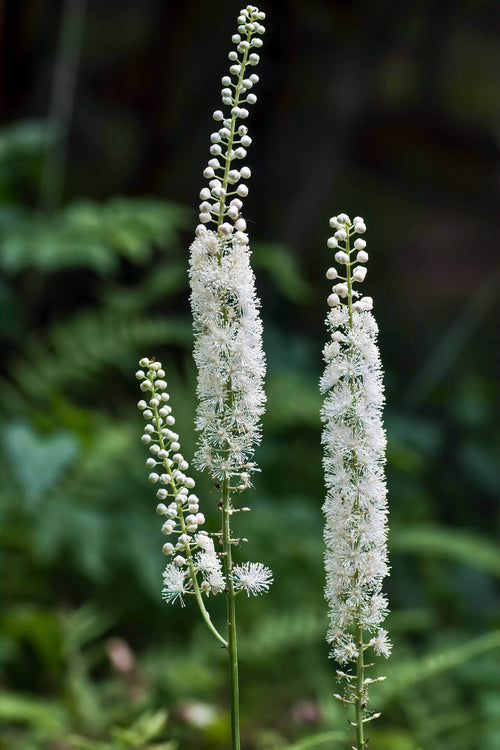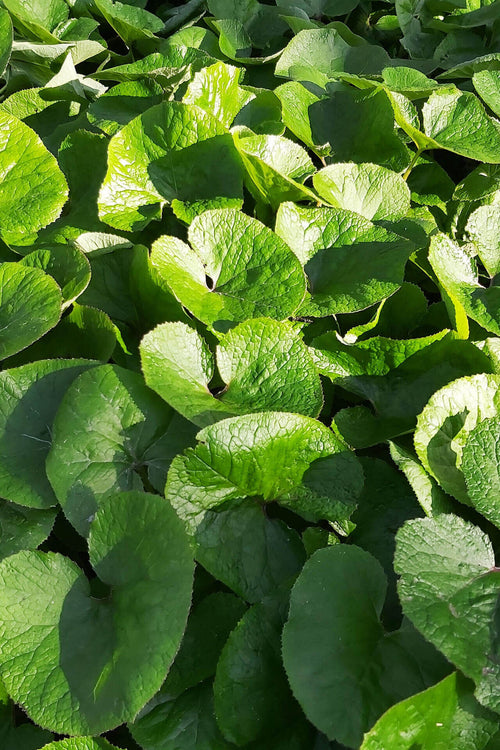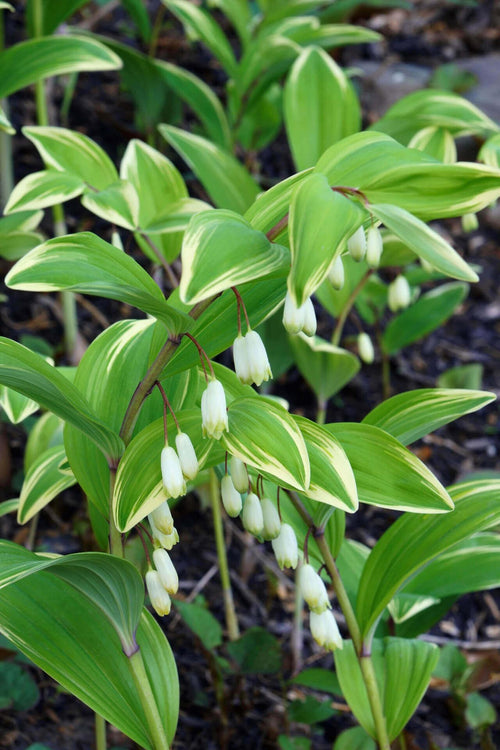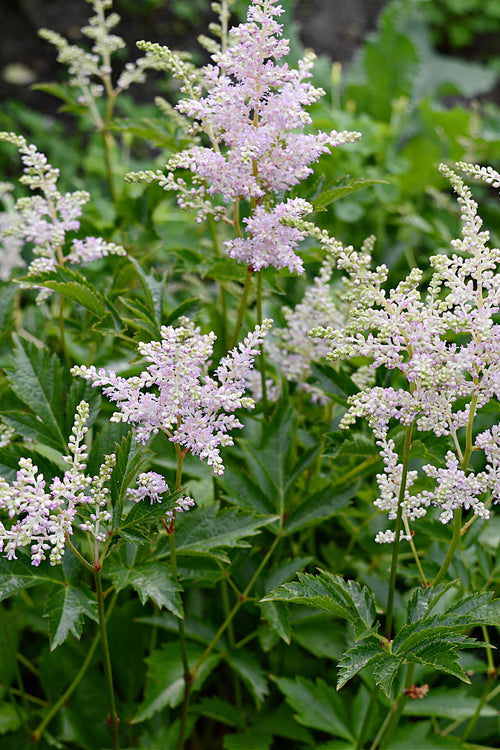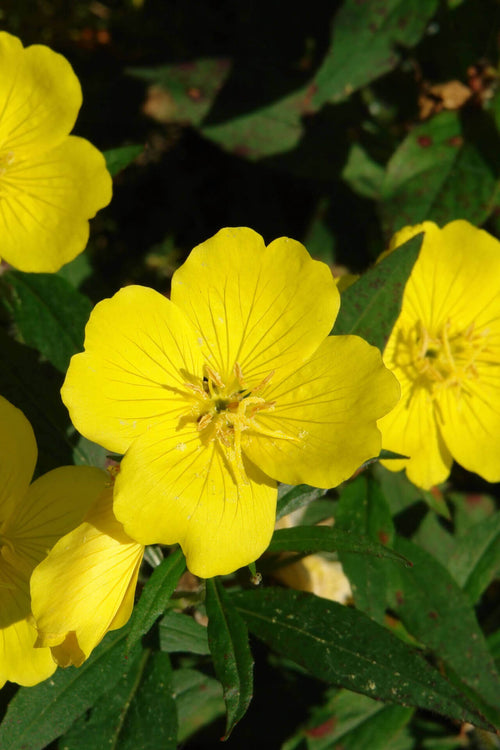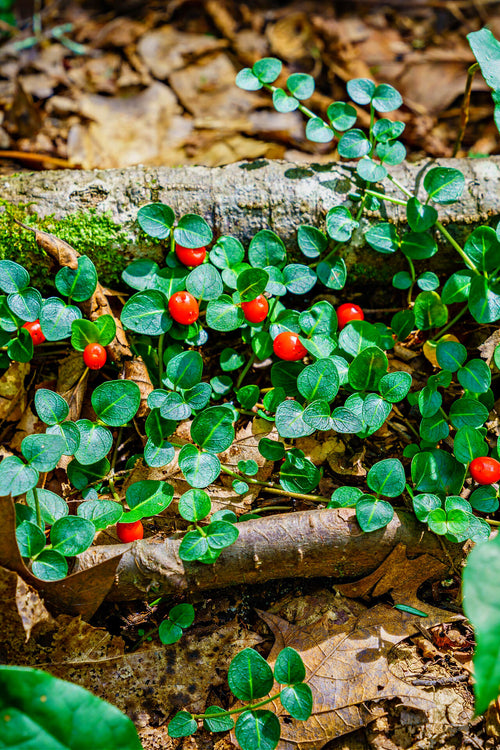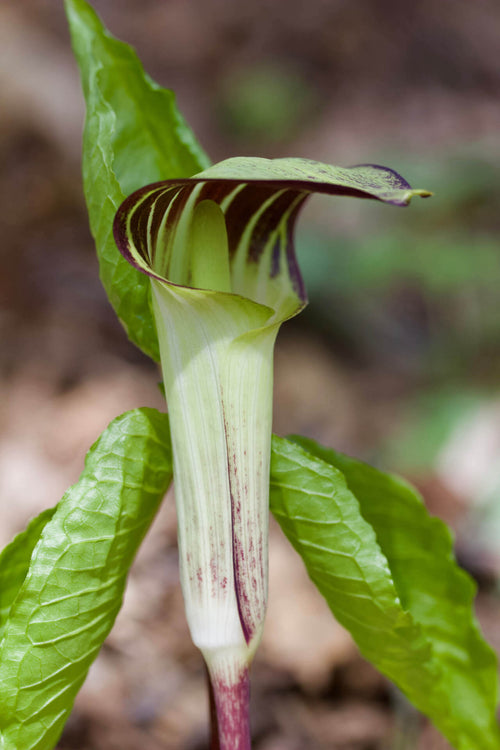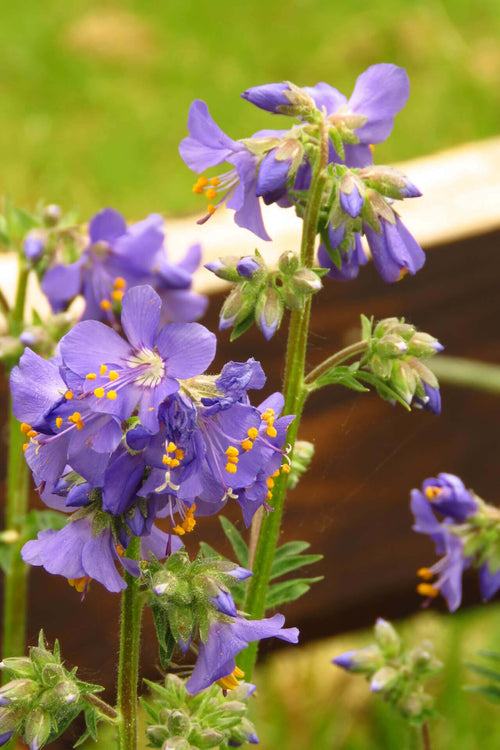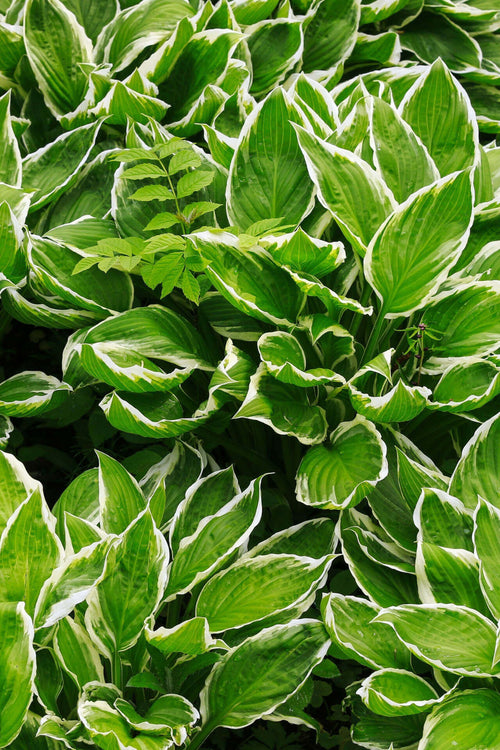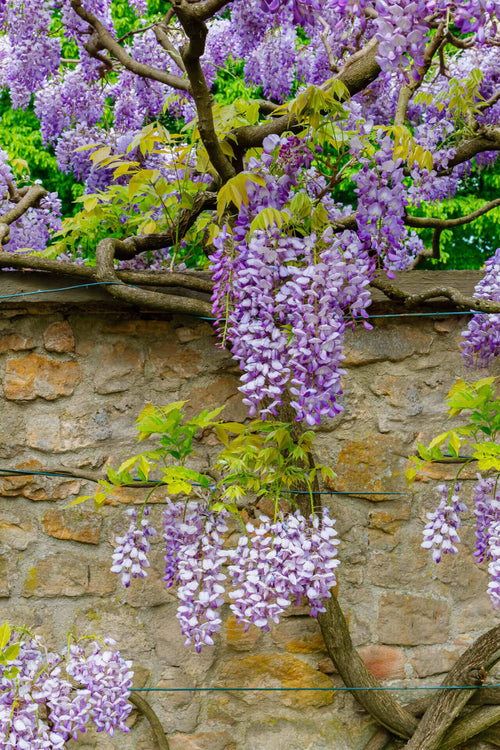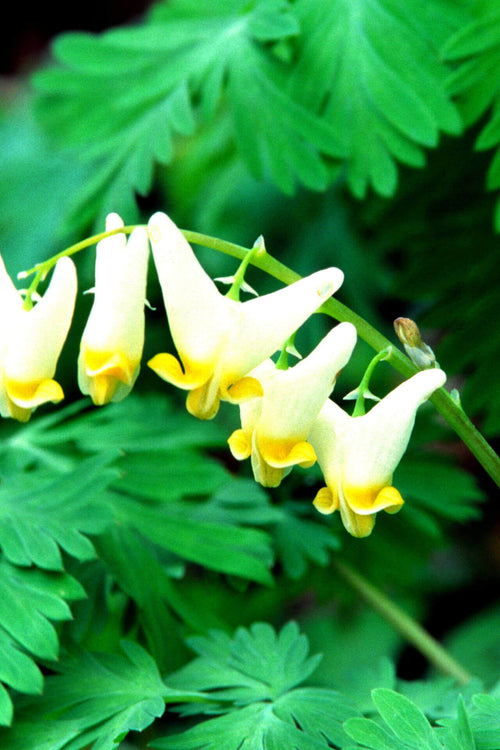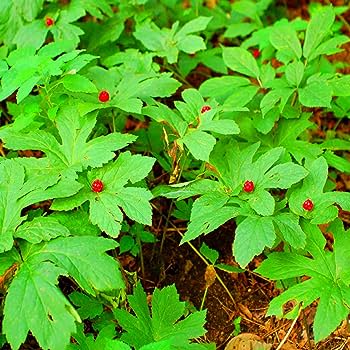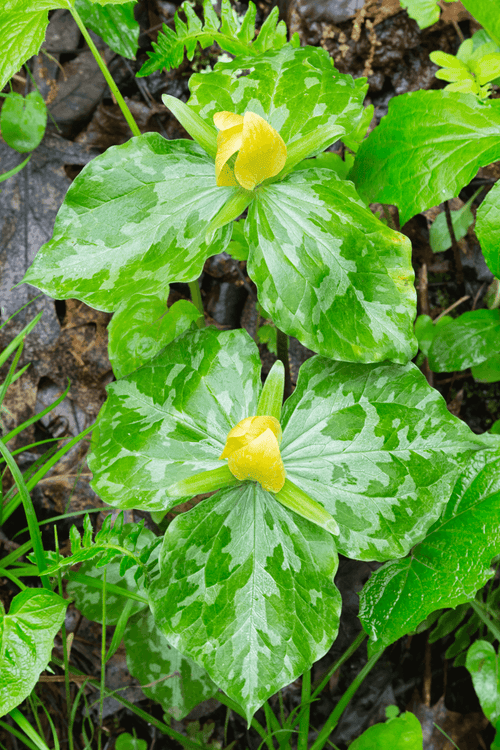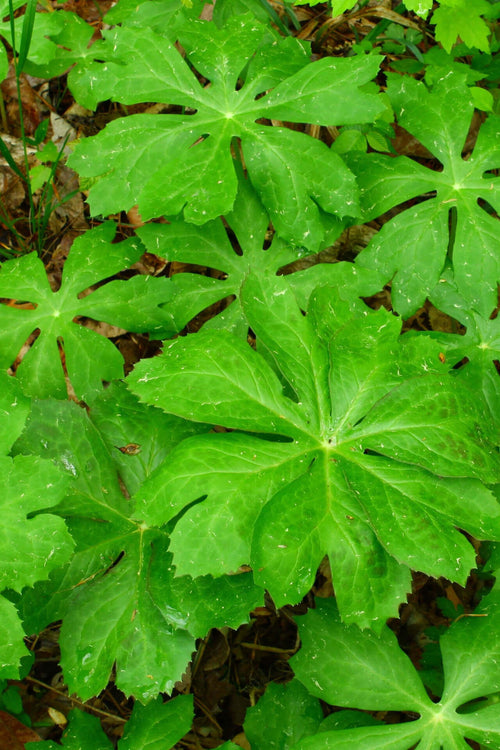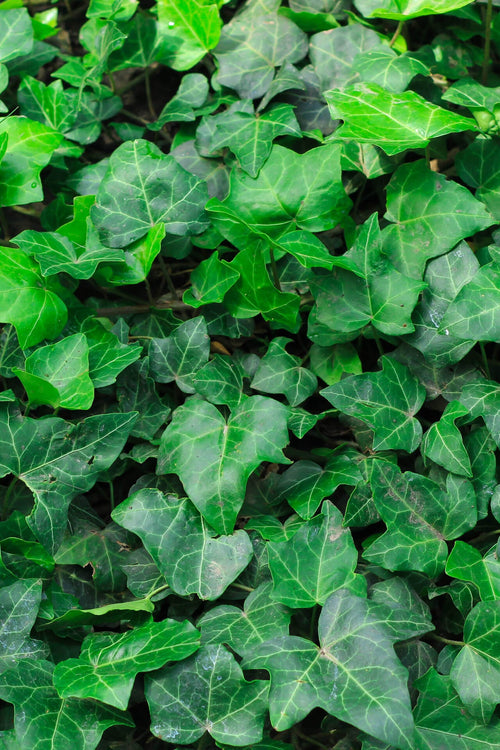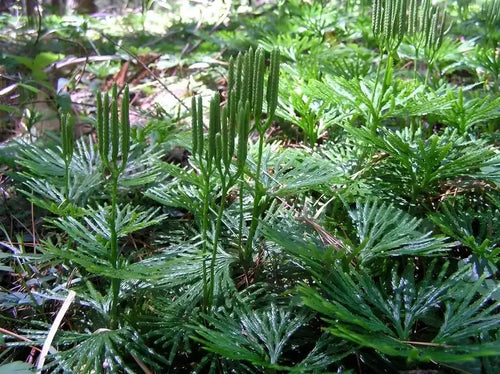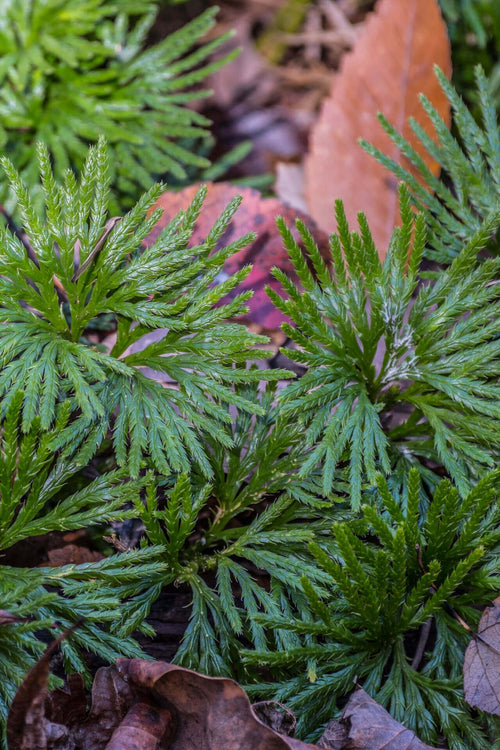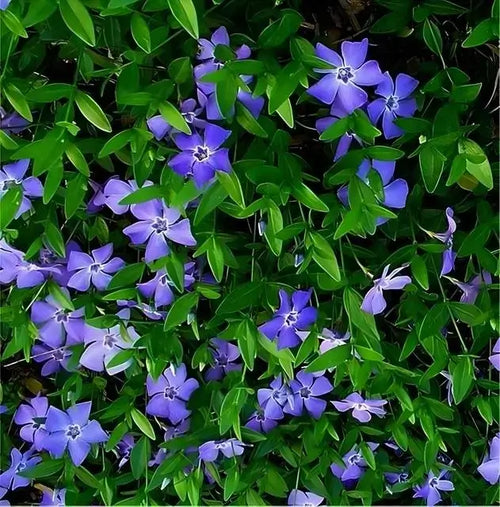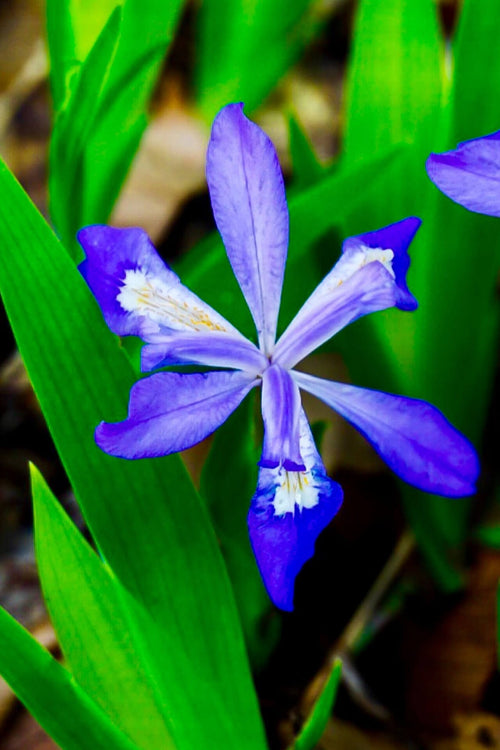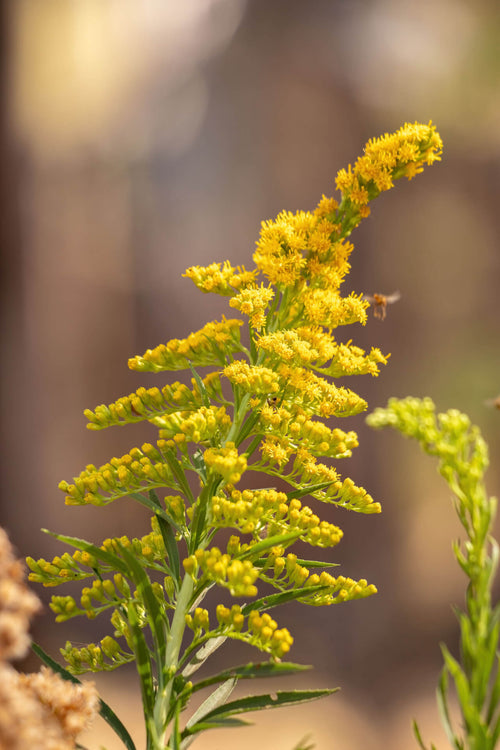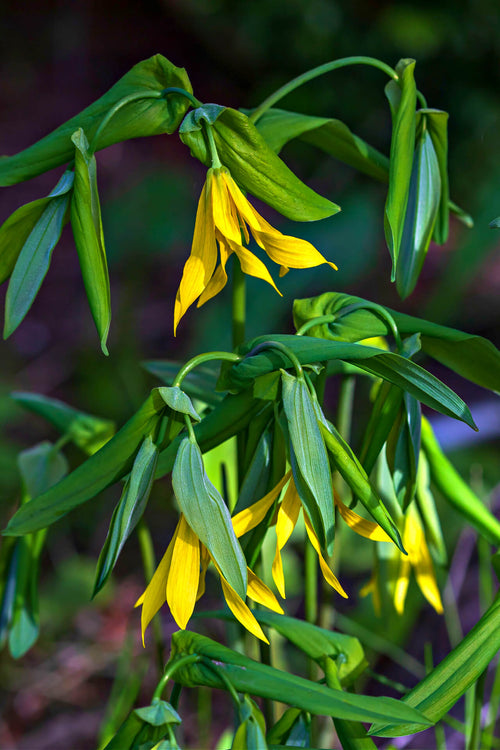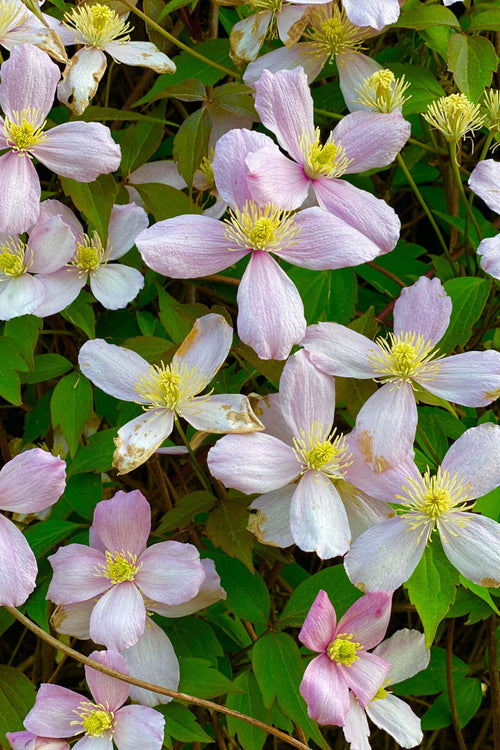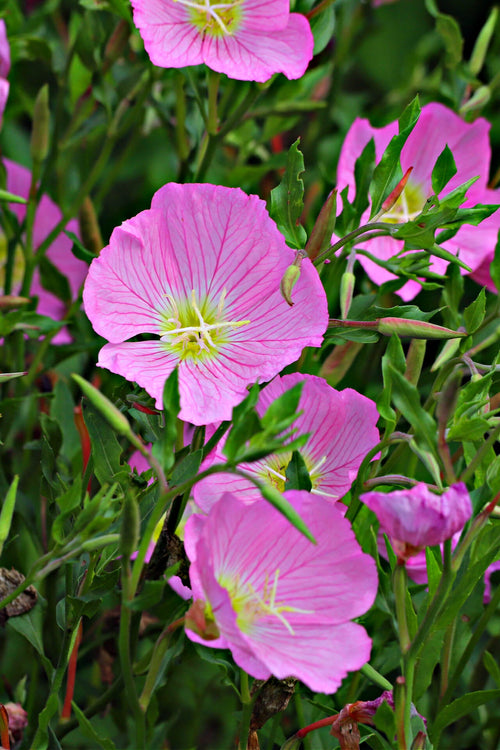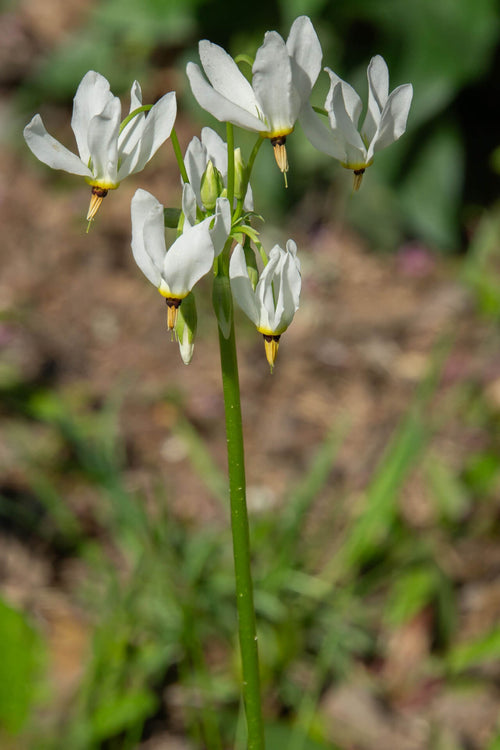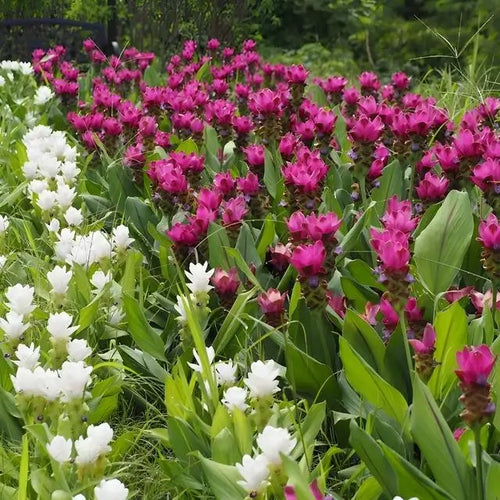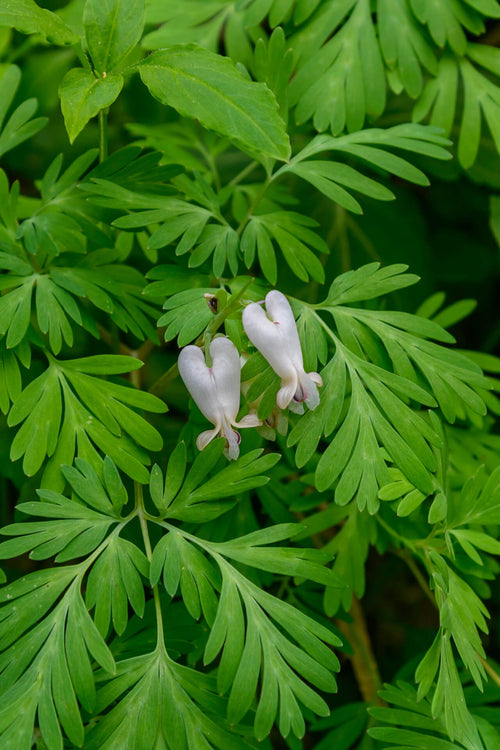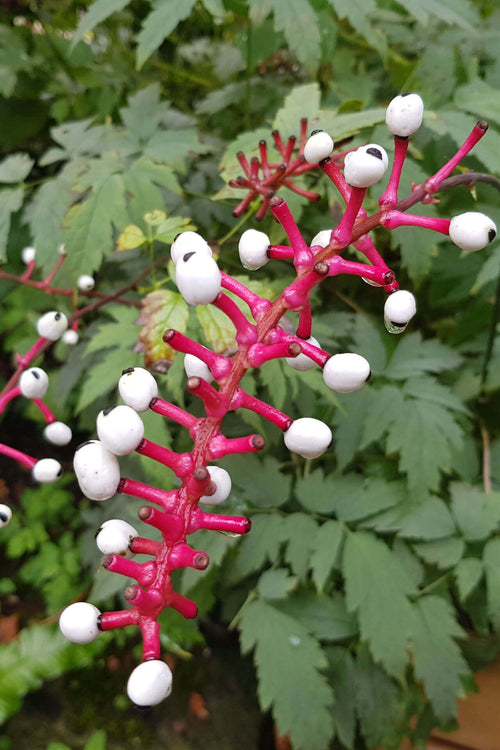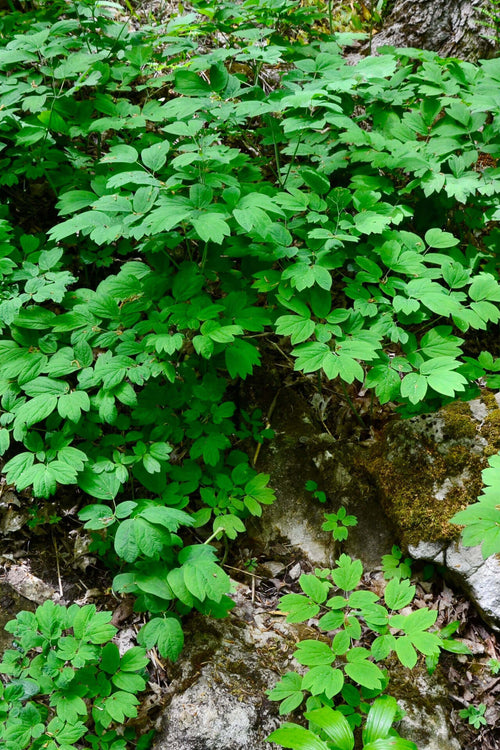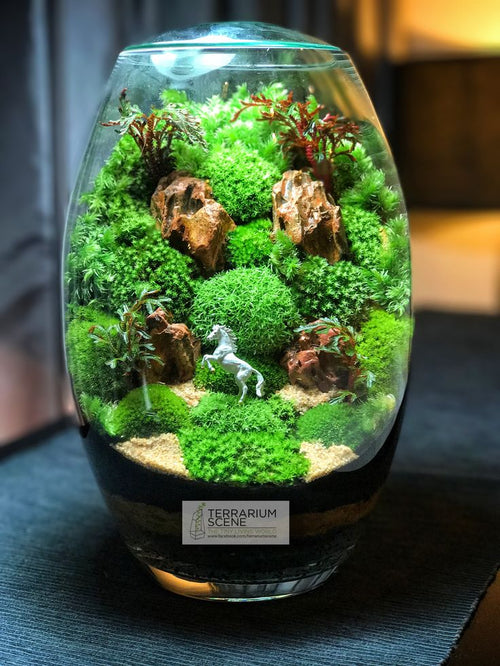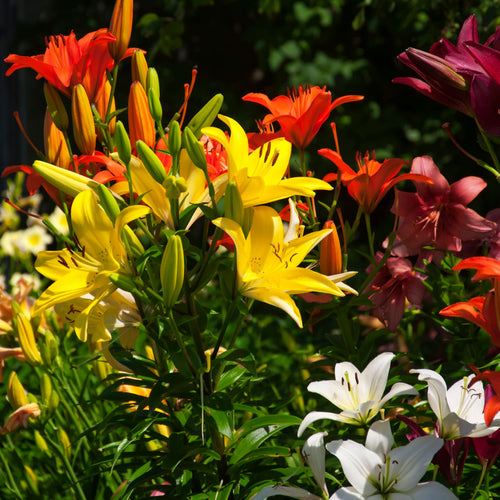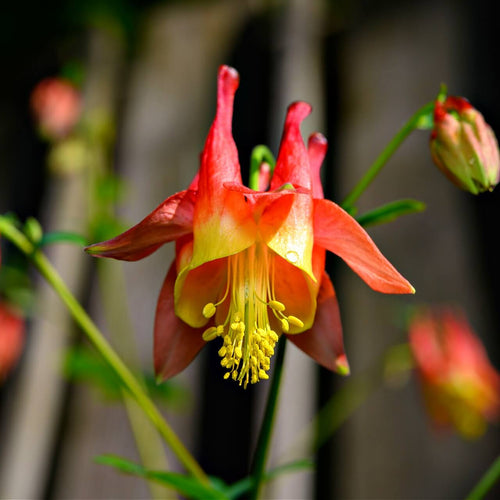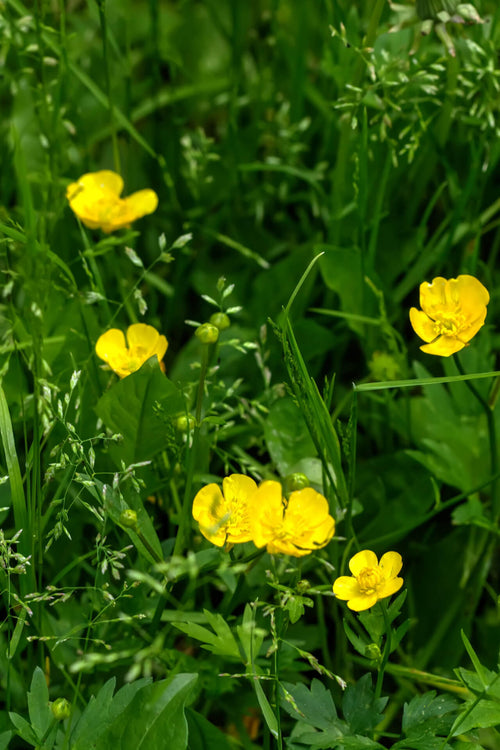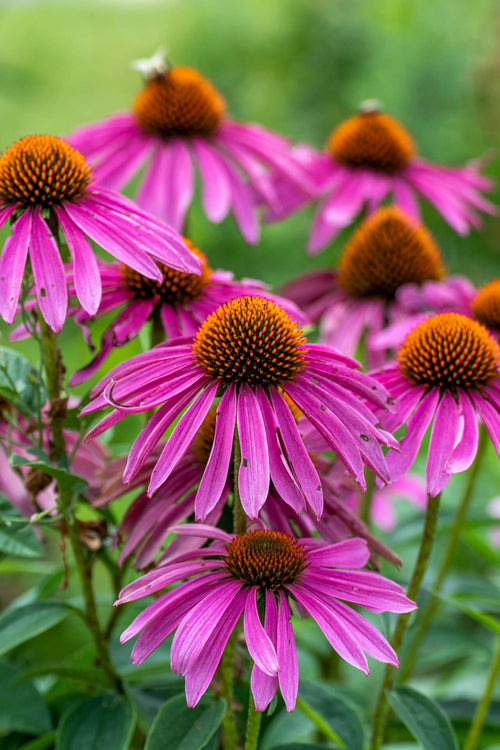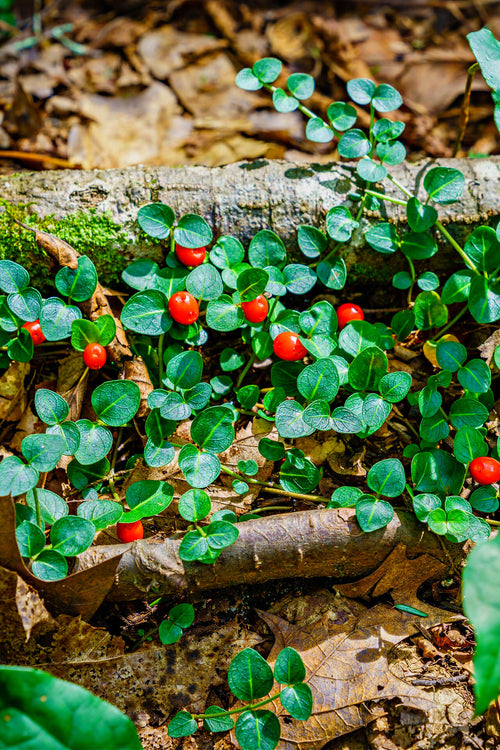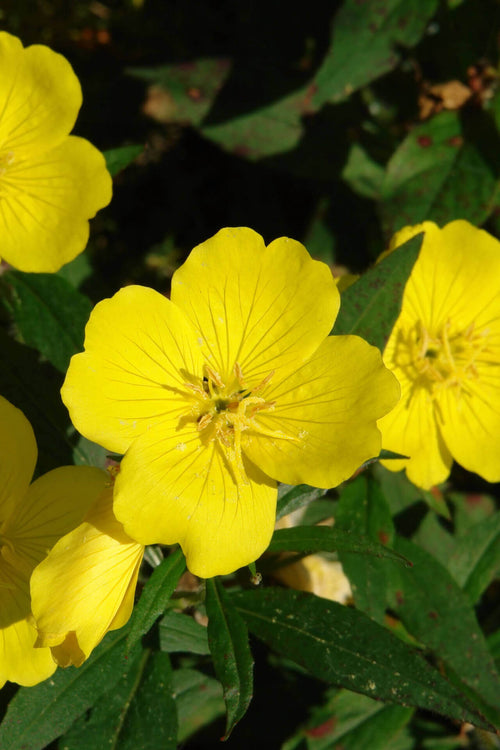Filters
Shade Perennials Offers Beauty In Shaded Areas Where Most Plants Won't Flourish
Shade perennials are the perfect plants for gardeners who don't want to reinvent the wheel every year. Whereas annual plants will last for one growing season before dying off, perennials can last for three years or longer. If you don't want to replant your flower garden every year, a selection of beautiful perennials from TN Nursery is the way to go. The fact that they'll come back several years in a row can also add some consistency to your landscaping over time, with minimal effort. Plant them once and enjoy them for several years!
Environments Where These Shade Plants Thrive
These plants are called shade perennials for a reason. They don't need full sunlight to thrive and grow. Your backyard might have limited sunlight due to trees or nearby buildings. Tall trees can filter the amount of sunlight that reaches ground level, and buildings or other obstructions can block the light for part of the day. You can still grow these cheery plants if your yard receives some partial sun, morning sun, or filtered light. Some plants might struggle in a shady environment, but not these ones.
Vibrant Splashes of Color
All the colors of the rainbow and then some are represented by our wide selection of shade-loving perennial flowers and plants. If you want to add vibrant blues and purples to your garden, you might want to choose Virginia bluebells or California bluebells. Hepatica, Jacob's ladder, vinca minor, and dwarf-crested iris are also good selections. For cheery yellows, ranunculus repens, merry bells, yellow trillium, Dutchman's breeches, or evening primrose can add just the right texture. For bolder perennials, choose from our red trillium or Eastern Columbine.
Unique and Eye-Catching Plants
If you want something to wow your visitors, we have a selection of unique perennials that are anything but garden variety. Spigelia Indian Pink is a tubular wildflower with amazing red and yellow hues. They'll stand out in any flowerbed or woodland garden, and butterflies love them. Baneberry doll's eye, also known as dolly's eyes, is a unique plant that grows white berries with black pupils. They're definitely eye-catching! For a softer touch, many people love the delicate, bell-shaped white flowers on our Lily of the Valley plants.
TN Nursery Offers Alternative Types As Well
We have a variety of plants that are considered perennials and which don't need much sunlight. These include climbing vines like English ivy and Wisteria sinensis. Ground cover plants like running cedar, fan clubmoss, and wild ginger can also be found in this category.

